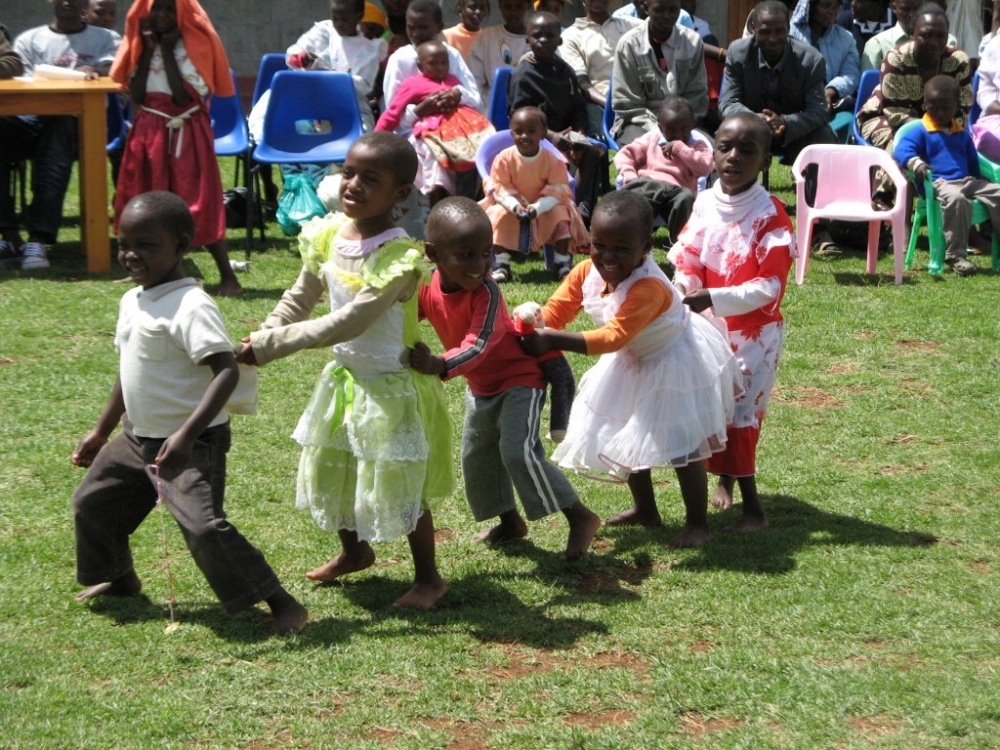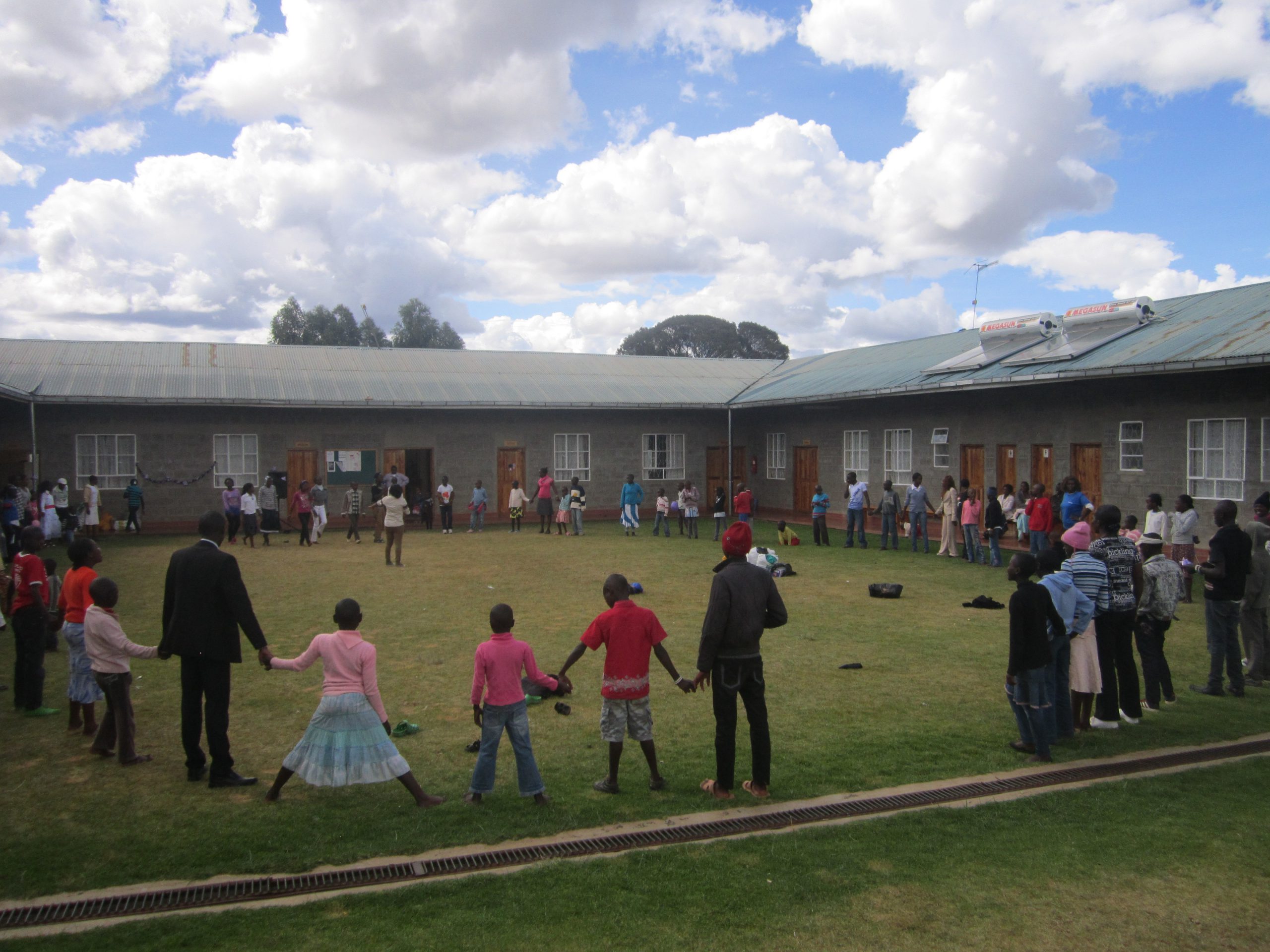About US
In October 1999, St. Martin CSA started a community programme for HIV/AIDS when it became obvious that AIDS was a serious problem within its area of operation. A committee of 11 people was formed to work out the best ways to address the HIV/AIDS pandemic. One of the priority interventions was community care and support for orphaned and children made vulnerable by HIV/AIDS.
The increase in AIDS-related morbidity and mortality brought untold suffering to children, who lost their family life, love, attention and affection coupled with a lack of providing for their basic needs. Communities were faced with a new concept of orphaned children who could not remain within the extended family safety net. Human rights of children as an ethical imperative and the need to care for children as a key investment for future human development were underscored by immediate pressing needs.
During that period, the stigmatisation of people living with HIV/ AIDS, regardless of their age, was extremely high. The communities were particularly ill-equipped to handle the psychosocial, emotional and health needs of HIV positive children. This left the children in a desperate position as they were abandoned by their relatives and the community as a whole. By 1999 there were about 200 such children in the Home’s catchment area.
In spite of some goodwill in the community to care for HIV positive orphans, their psychosocial, emotional and health needs could not be met by an uncoordinated community response. Long before the children were neglected, the family members went through the trauma and hardship of caring for ill and dying parents. They were drained of will power to care for and support HIV positive children who in the absence of appropriate and timely intervention may not live to see their fifth birthday.
Setting up a home
In October 1999, a management committee of 11 volunteers of St.Martin CSA was constituted to study in participatory way issues related to HIV/AIDS: causes, effects and impacts in the community. One of their immediate concerns was the plight of children orphaned or made vulnerable a result of HIV/AIDS. In view of the magnitude of the needs the committee proposed a home for destitute and/or abandoned HIV positive children. The Talitha Kum Children’s Home was born.
When the management committee settled on a Home for destitute and abandoned HIV positive children they embarked on resource mobilization. Key to this was community involvement and participation to enlist ownership and sustainability. A series of awareness-raising and fundraisings were conducted in the catchment area. Eventually, in December 2003, the community had raised Kshs 3 million towards the construction of the home. Additional funds were sought elsewhere and by June 2005 the necessary infrastructures were in place and the Home was ready to receive the first lot of six children.
Today, Talitha Kum is a home that provides a hybrid of institutional and community care to HIV positive orphaned and vulnerable children who cannot fall through the safety nets of their community. The word “Talitha Kum” is derived from the Bible (Mark 5:41), and means “Little girl arise” The home follows a holistic approach and aspires to provide an environment to the children where they can celebrate life every new day.
The home envisions a transformed society in which life is shared with the vulnerable people in the spirit of humility, love and self-giving. Towards realisation of this vision, the home creates a conducive environment where all are involved in caring and empowering the vulnerable people for a holistic transformation of all. This is done with a deep-rooted conviction that love gives life. If everything we do with the children is out of love then they have a future.
infrastructural development
The Home is built on a 3 acres piece of land and has the following facilities and assets:
- Main house: Six units each with a capacity of 14 children. Each unit contains a living/dining room, dormitory, houseparent room and washroom. Other facilities in the main house include the administrator’s wing, a hall, a chapel, kitchen, infirmary, meeting room and study rooms. All these facilities are well equipped to meet the needs of the children.
- Two Boy’s dormitories. These accommodate 28 boys between ages 12-22 years and have three additional self-contained rooms for house fathers and volunteers.
- Laundry: Equipped with three dry-cleaning machines


